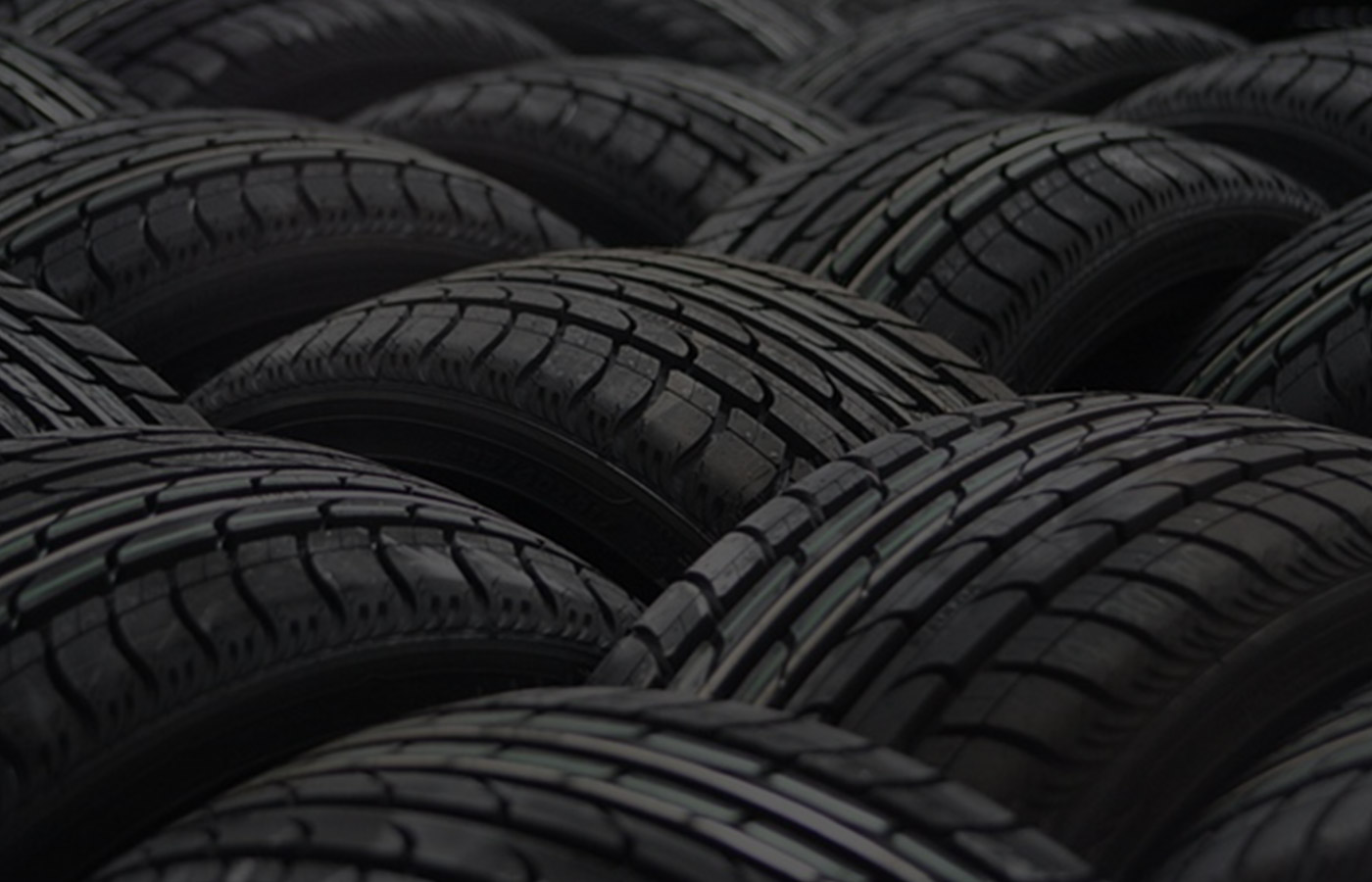Reasons to reduce tire life
Many factors affect the reduction of tire life, such as weather, sunlight and how to use the tire. The above sometimes combine with each other and increase the rate of destruction. In this article, we will explain about this.

Many factors affect the reduction of tire life, such as weather, sunlight and how to use the tire. The above sometimes combine with each other and accelerate the rate of destruction. The more destructive factors affect tires, the more it will destroy our environment. Fortunately, tire coatings factories such as Ken Tire are reducing this environmental damage. Unfortunately, most of the damage that threatens the tires; It is the cracks created in the tire walls that, by combining the above mentioned factors, cause the cracks to deepen, which reduces the quality of the tire and limits the possibility of tire coating.
Weather is one of the reasons for reducing tire life. Tires lose their heat resistance dramatically; Therefore, if they encounter any kind of obstacle, they will cause tears, cracks, abrasions, etc. Tires are the only part of a car that is in direct contact with the ground and can cause friction. The maximum temperature used in cotton tires is 107 ° C and in wire tires is 93 ° C.
It should be noted that humid weather conditions make the tire more sensitive to cutting.
Low airflow can also be the main reason for reducing tire life. Low tire has a higher contact surface with the ground, which increases friction with the road surface, and thus reduces the life of the tire and also increases fuel consumption. Decreasing each degree of tire pressure is equivalent to increasing the fuel content by 33%.
Low tire pressure causes drowsiness, and if this persists, the risk of puncture and puncture of the tire increases. This drowsiness also increases the risk of damaging the tire walls. Damage to the tire walls greatly reduces the possibility of used tire coatings, which is considered to be the main concern of the Ken Tire Industrial Complex in the manufacturing sector.
On the other hand, its high inflation also reduces the life of the tire. High tire pressure reduces the strength of the tire walls, which in most cases causes cracks and cracks in the rubber walls, which is evident in the excessive wear in the middle of the tire. High-wind damage is significantly less than low-tire damage.
Ken Tire Industrial Complex is very sensitive in purchasing and testing. Because paying attention to this important matter has led to quality differentiation with similar products and has increased customer satisfaction.
Another important factor that can reduce the life of the tire is the driving style and driving culture, for example: not paying attention to the distribution in proportion to the degree of tolerance of the cover tire is one of the important issues. According to the figure below, in relation to the type of load as well as its high and low, the correct load balance must be done so that more pressure is not imposed on a particular axis of the vehicle. In case of incorrect distribution of wear, the wear of certain parts of the tire with the ground is high and the life of the tire is reduced compared to normal conditions.
Technical defects in cars are another factor in reducing tire life that should not be simply ignored. Of course, not all drivers have complete technical information about their cars. For example: not paying attention to the health of car upholstery and also not referring to technical centers such as steering, reduces the useful life of tires.
The environmental conditions of the use of tires will also be important. This issue is generally mentioned in the manuals of car and tire companies. In this way, it can be understood what conditions the tire is suitable for use.
For example, the technical department of the Ken Tire Industrial Complex has examined the production of tires and concluded that the use of Wangard tires is not suitable and recommended on winding roads. On the other hand, the best place to use this type of tire is mentioned as urban transportation.
Failure to follow these tips when buying a tire will often result in the destruction of these tires in the conditions mentioned.
Now that the tire has a long way to go, the question arises as to how to prevent it.
1- Often in the manual, the amount of tire pressure and the duration of its use are stated, it is necessary to act exactly according to the factory description.
2- Changing the spatial positions of the tires at the recommended intervals can improve the wear condition of the tires. It is recommended to pay attention to this issue in hot and cold seasons.
3- Paying attention to the manual of the purchased tires.
4- Paying attention to proper load distribution
